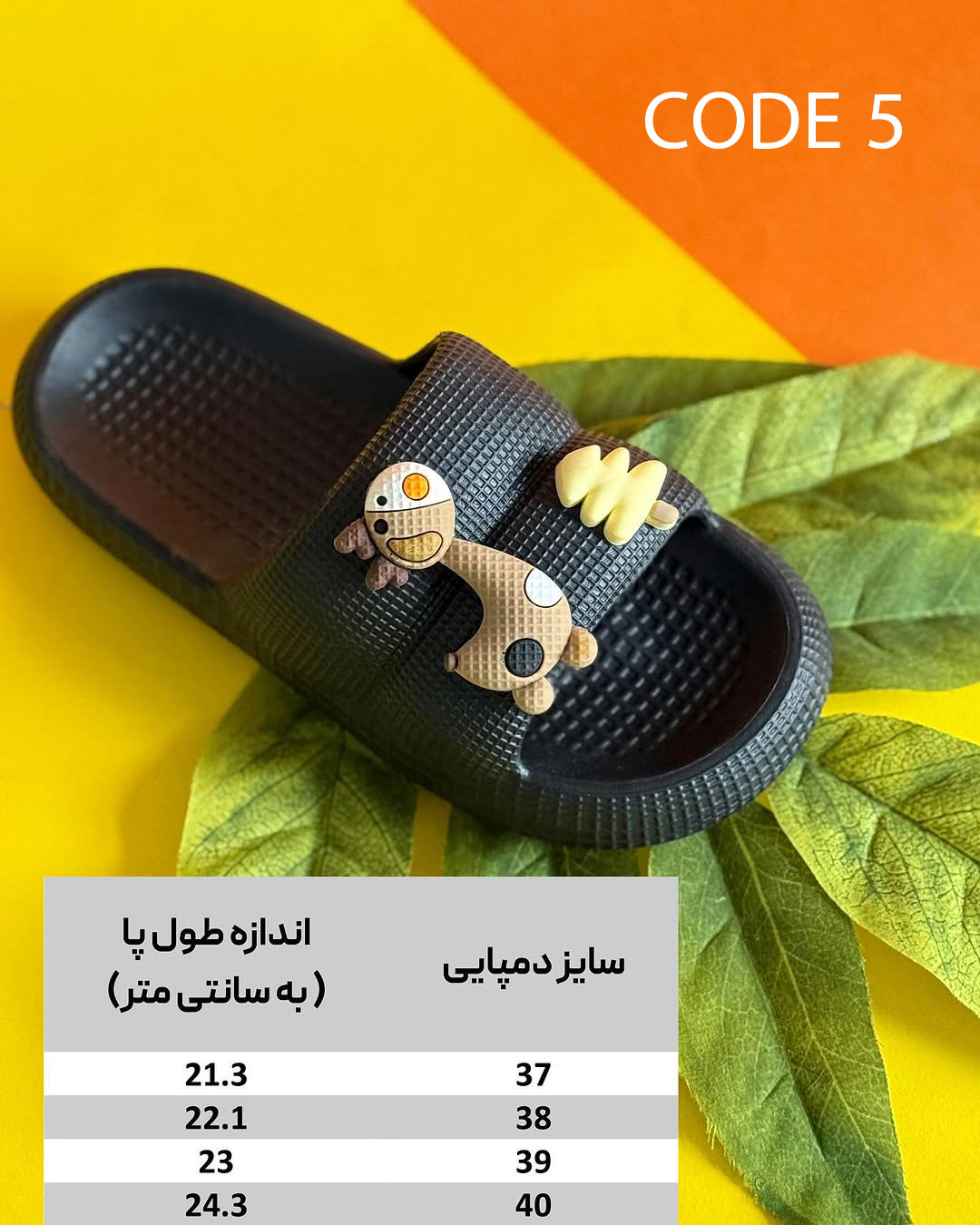The Benefits of Exporting Slippers to Neighboring Countries: A Golden Opportunity for Iranian Manufacturers
what will you read...
1. Large and Demanding Regional Market2. Lower Transportation and Customs Costs3. Cultural Similarities and Shared Tastes4. High Profit Margins and Cash Payments in Certain Countries5. Diverse Market Needs6. Brand Expansion Across the Region7. Government Support for Non-Oil ExportsConclusion
Exporting is one of the key strategies for economic development and business growth, especially in industries where domestic production has competitive advantages. Slipper manufacturing in Iran, supported by quality raw materials, skilled labor, and strong production capacity, is among those industries. Exporting slippers to neighboring countries is not only feasible but also highly profitable. In this article, we explore the major advantages of this opportunity.

1. Large and Demanding Regional Market
Neighboring countries such as Iraq, Afghanistan, Pakistan, Azerbaijan, Armenia, Turkmenistan, and even the Arab states in the Persian Gulf have consistent demand for slippers and sandals due to factors like hot climates, lifestyle habits, and large populations. In many of these markets, local production is weak or insufficient, making imports a necessity.
2. Lower Transportation and Customs Costs
One of the greatest advantages of exporting to nearby countries is geographical proximity. This leads to significantly lower shipping costs, faster delivery times, and often reduced customs expenses. These factors create a competitive edge, allowing Iranian manufacturers to offer better prices and higher profits.

3. Cultural Similarities and Shared Tastes
Cultural familiarity and similar consumer preferences across the region help Iranian products align well with market expectations. From color choices to designs and packaging styles, these shared tastes make it easier to market products and build customer trust quickly.
4. High Profit Margins and Cash Payments in Certain Countries
In some countries like Iraq and Afghanistan, importers are willing to pay more for quality products that are delivered promptly. Due to weak domestic production, Iranian slippers are in high demand. Additionally, some buyers in these markets prefer cash or upfront payments, which is a big plus for exporters.

5. Diverse Market Needs
The markets of neighboring countries demand various types of slippers—from lightweight daily-use ones to stylish models for events, or even slippers designed for hospitals and hotels. This diversity allows producers to offer a wide range of products, ensuring consistent sales throughout the year.
6. Brand Expansion Across the Region
Exporting is not just about selling goods—it’s also about building brand recognition. When an Iranian brand gains popularity in surrounding markets, it becomes a trusted name. This boosts long-term credibility and opens the door to exporting other products under the same brand.

7. Government Support for Non-Oil Exports
In recent years, the Iranian government has taken steps to encourage non-oil exports through incentives, tax refunds, participation in international exhibitions, and logistical support. Slipper producers can take advantage of these programs to expand their trade reach more easily.
Conclusion
Exporting slippers to neighboring countries presents a powerful opportunity for Iranian manufacturers looking to grow beyond local markets. With low logistics costs, cultural alignment, strong demand, and supportive policies, now is the perfect time to take the leap into regional trade and increase your business profitability.

















